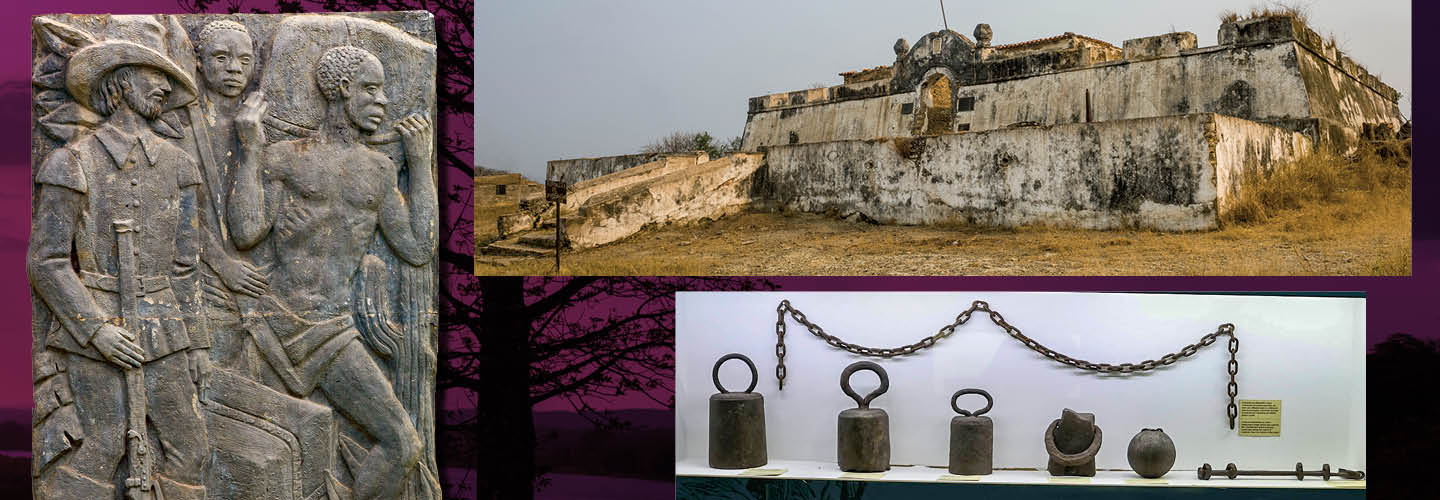They stood on a concrete platform over a cobblestone plaza as slave traders cast their final judgment, gazing westward at a bend in the mighty Cuanza River, where unknown horrors lay ahead.
For the ancestors of millions of African Americans, a slave market in Massangano, a village in the southern African nation of Angola, was likely the place where they were sold into bondage. It was a point of no return.
Slave traders cast their final judgment as men, women, and children stood on a concrete platform at a slave market in Massangano, a village in the southern African nation of Angola.
For the ancestors of millions of African Americans, this was likely the place where they were sold into bondage. They had no idea of the horrors that lay ahead as they looked westward at a bend in the mighty Cuanza River.

